|
|
Americans are ready for renewables to take over the majority of our energy needs. But we may need more time. How can America transition to a fully clean economy while severe weather impacts energy security in vulnerable areas like Texas?
Busy? Try the speed read.
The scoop: Below-freezing temperatures blasted the southern US this week, prompting rolling blackouts over the past few days.
Key takeaways:
- Texas was not prepared to deal with the energy demand spikes.
- Natural gas & coal were not sufficient, renewables failed in freezing temperatures.
- America still needs a cocktail of energy supply to meet increasing consumer demand.
Zoom out: The Texas energy security issue is something every American should pay attention to. How can we carefully adopt a renewable-first economy without compromising reliability?
Dig deeper → 3 min
Record-shattering temperatures in Texas prompted controlled blackouts across the southern United States this week. Spikes in energy demand prompted utility companies like Oncor to selectively remove power from homes.
Electric Reliability Council of Texas (ERCOT) officials said they cannot generate enough electricity to match demands due to poor planning. They did not anticipate a winter storm or cold front of this magnitude.
How can America reduce fossil fuel consumption in the next two-four years if we still can’t withstand brief spikes in regional energy demands? Millions of people would be at risk.
Renewable energy is an easy scapegoat for skeptics. But in reality, Texas wasn’t relying on renewable energy in the first place. Fossil fuel supply chains failed. However, in extreme weather conditions, we cannot afford to remove energy from the supply chain until renewables become more reliable.
Energy in vulnerable areas
Because North Texas was not equipped to deal with below-freezing temperatures, their energy infrastructure was not equipped to deal with higher demand. It’s like a server crashing when your website gets way more traffic than anticipated. Without the necessary infrastructure, the system falls apart.
This energy crisis will be over within a few days. But with this disaster, millions of families were miserable for days and some even died. What would a world look like without a steady supply of fossil fuels?
Wind turbines, making up 25% of Texan energy, froze shut. But coal, natural gas & nuclear are still the driving force of the power supply and their systems failed.
“It’s really natural gas and coal and nuclear that are providing the bulk of the electricity and that’s the bulk of the cause of the blackouts,” Mark Jacobson, director of the Atmosphere/Energy Program and professor of civil and environmental engineering at Stanford University. told The Associated Press.
Texas energy security is a national issue
I’ll be the first to sign up for an energy grid free from land excavation and CO2 emissions, but America is not ready to remove energy from the system. Renewables haven’t caught up yet. We aren’t there.
It’s not a knock on renewables, if anything I’m supporting our investment in them. But to think we can start reducing fossil fuel production before implementing a carefully thought out renewable energy grid can have catastrophic consequences.
This will not be the last extreme weather event, and states like Texas, Florida and California need to be prepared for strange patterns. In reality, the Texas energy security debacle is a national issue. As the advanced world tries to sever its ties with coal & natural gas and impact the reliability of energy supply, storms are becoming more severe and frequent.
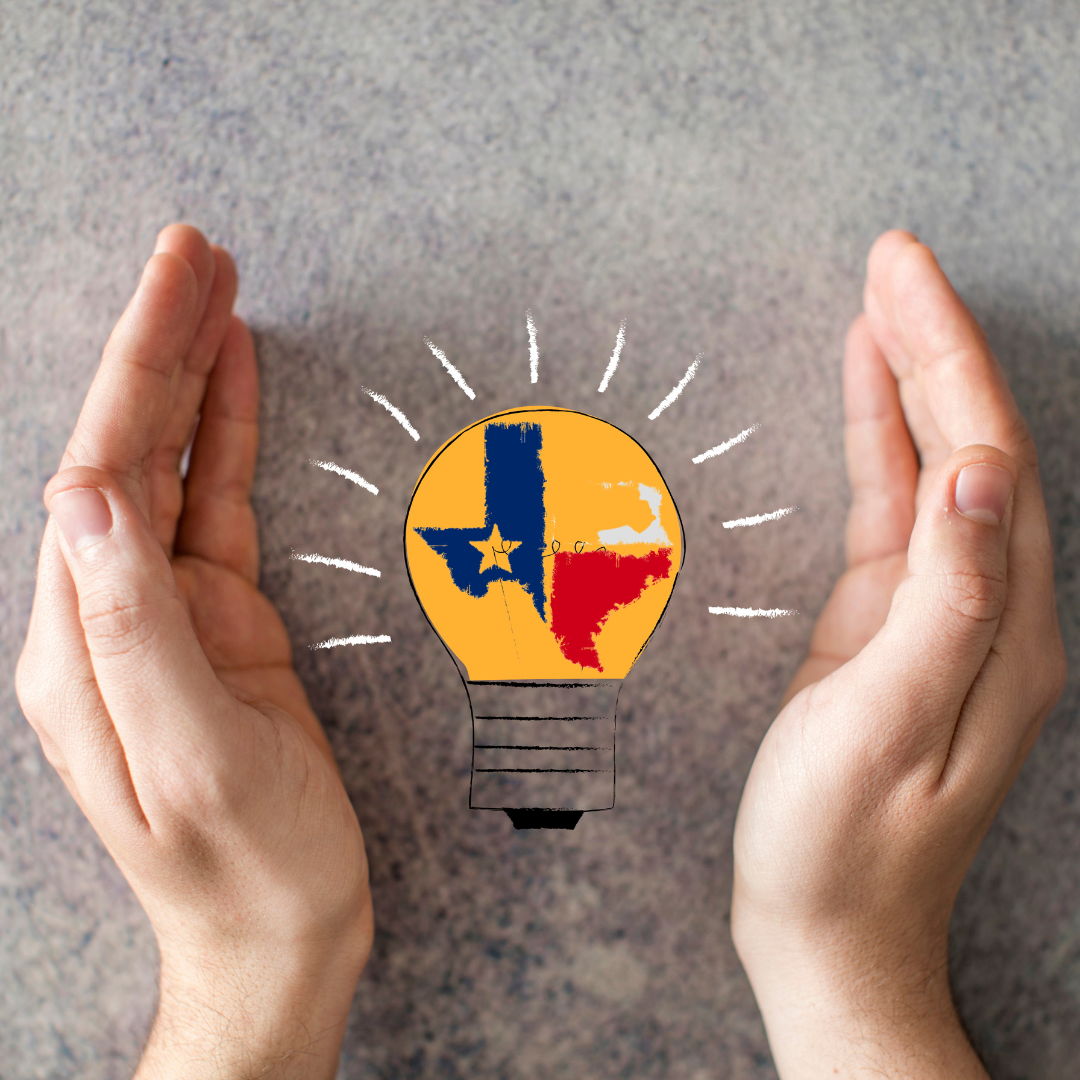



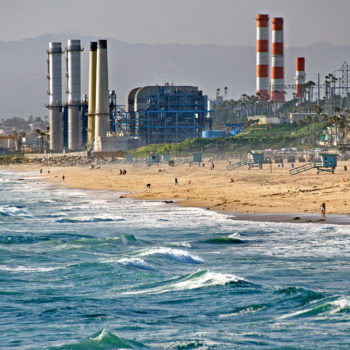
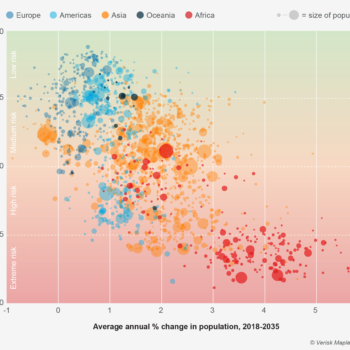
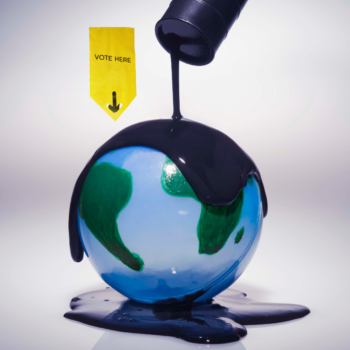

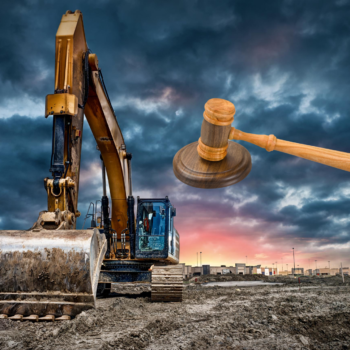

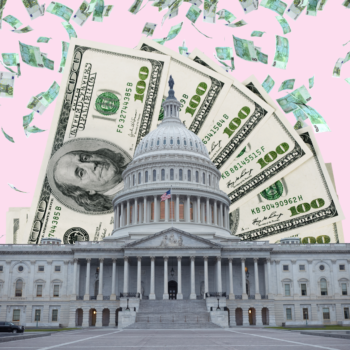


No Comments